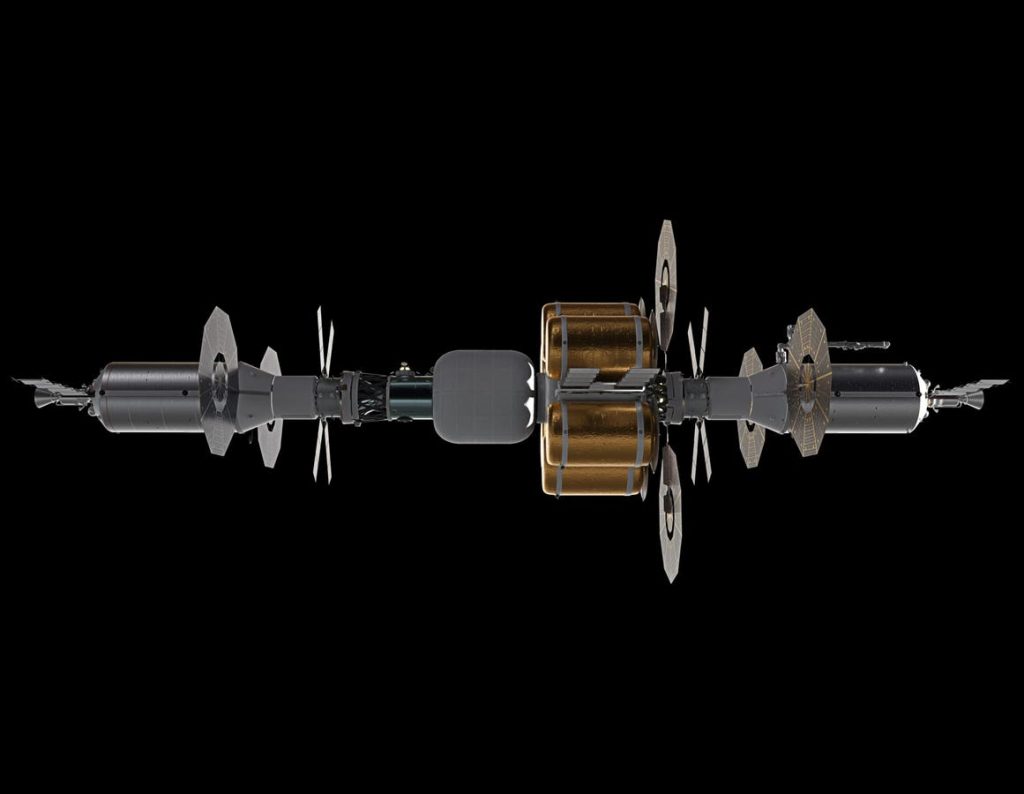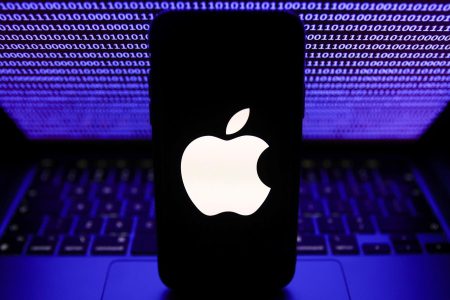When humans finally go to Mars is it better to do it step-by-step, by first building a so-called Mars-orbiting Base Camp as most-recently proposed by Lockheed Martin? Or is it best to use the Mars Direct strategy?
The Mars Direct idea would use existing technology to send astronauts directly to Mars via a spacecraft capable of interplanetary flight, a Mars landing and the return home all in one fell swoop. In contrast, the Mars Base Camp (MBC) concept hinges on using the station as a base for multiple 14-day crewed expeditions on Mars and for excursions to the Martian moons of Phobos and Deimos.
Once the base camp program is started, it will take about a decade to reach fruition, Timothy Cichan, a space exploration architect and Lockheed Martin Fellow, told me via email. In the last 5 years, we have been making great progress on technology development. We are internally developing cryogenic and nuclear technologies, and, to that end, we have been selected to demonstrate nuclear thermal propulsion in space, he says.
The orbiting station could perform telerobotic exploration of the Martian surface, including sample return, says Lockheed Martin. And once a human surface mission is completed, the lander would return to MBC as a single stage to orbit launch vehicle to be refueled, Lockheed Martin notes.
The Route To Mars
There are two options. One involves launch from Earth when Mars and Earth are at orbital opposition which occurs when Mars is closest to Earth. The second option occurs when Mars and Earth are farthest from each other in what is known as orbital conjunction.
In a conjunction class mission, the vehicle leaves Earth for Mars at the optimal time, and then waits to leave Mars at the optimal time, says Cichan. This results in a total mission time of about 3 years, with about one year spent at Mars. In an opposition class mission, the return leg is not at an optimal time, but you end up only spending about a month at Mars, reducing the mission time to about 2 years, he says.
Mars advocate Robert Zubrin supports conjunction class missions.
These provide 6-month transits to Mars each way, with 1.5 years on the surface, aerospace engineer Robert Zubrin, founder of The Mars Society and author of The Case for Mars, told me via email. If you want to do science on Mars, you stay long enough to get some real exploration done, he says.
Lockheed Martin also favors long duration conjunction class missions.
With long-duration conjunction class missions, you get so much more science and exploration time, and the propellant requirements are much less, says Cichan. But if NASA chooses opposition class, then we will support that choice, he says.
How To Get There
Nuclear thermal propulsion flows hydrogen propellant through a hot nuclear reactor which has both high thrust and high efficiency, says Cichan. Nuclear electric propulsion uses a nuclear reactor to generate electricity to power electric propulsion thrusters. This can have higher efficiency, but much lower thrust. For human missions, nuclear thermal propulsion enables a shorter trajectory, he says.
What if NASA changes plans for its Artemis program’s return to the Moon?
Mars Base Camp is not contingent on the success of Artemis, but would build on the success of Artemis, which would reduce risk and demonstrate capabilities, says Cichan.
MBC includes both an Orion crew vehicle for the return from Mars and an ascent and descent vehicle to the Martian surface.
The MBC station enables the first mission to be an orbit-only mission to buy down risk, do ground-breaking telerobotic science on Mars, and visit Mars’ moons of Phobos and Deimos, says Cichan. This also gives more time to develop the entry, landing, and ascent system. Then the next step can be to use the orbital station as a base camp to do 14-day surface missions to multiple locations during one visit to Mars, he says.
Lockheed Martin and NASA are both interested in using water either from permanently shadowed craters on the Moon or from Mars’ subsurface to generate spacecraft propellant.
Propellant production at scale on the Moon can fuel transportation for vehicles in Earth orbit and the Earth-Moon system, as well as for Mars, says Cichan. Then this technology can be extended to the Martian surface, he says.
Zubrin still supports a Mars Direct approach.
The purpose of a human Mars mission is to do scientific exploration —- most importantly the search for life on Mars —- that only human explorers on the surface of the red planet can do, says Zubrin. The question is: Will we have a purpose driven Mars program, or a vendor driven Mars program? A vendor driven program does things in order to spend money; a purpose-driven Mars program explores Mars, he says.
The Challenge Is As Much Political As Technical
The most optimistic timeframes for any sort of crewed mission to the red planet now spans the decade between the mid-2030s to the mid-2040s.
One of the challenges in getting political support for Mars has been the cost and long timelines for development, says Cichan. By performing an orbital mission first, we can spread the costs out more evenly, and accomplish an amazing mission, he says.
Read the full article here










